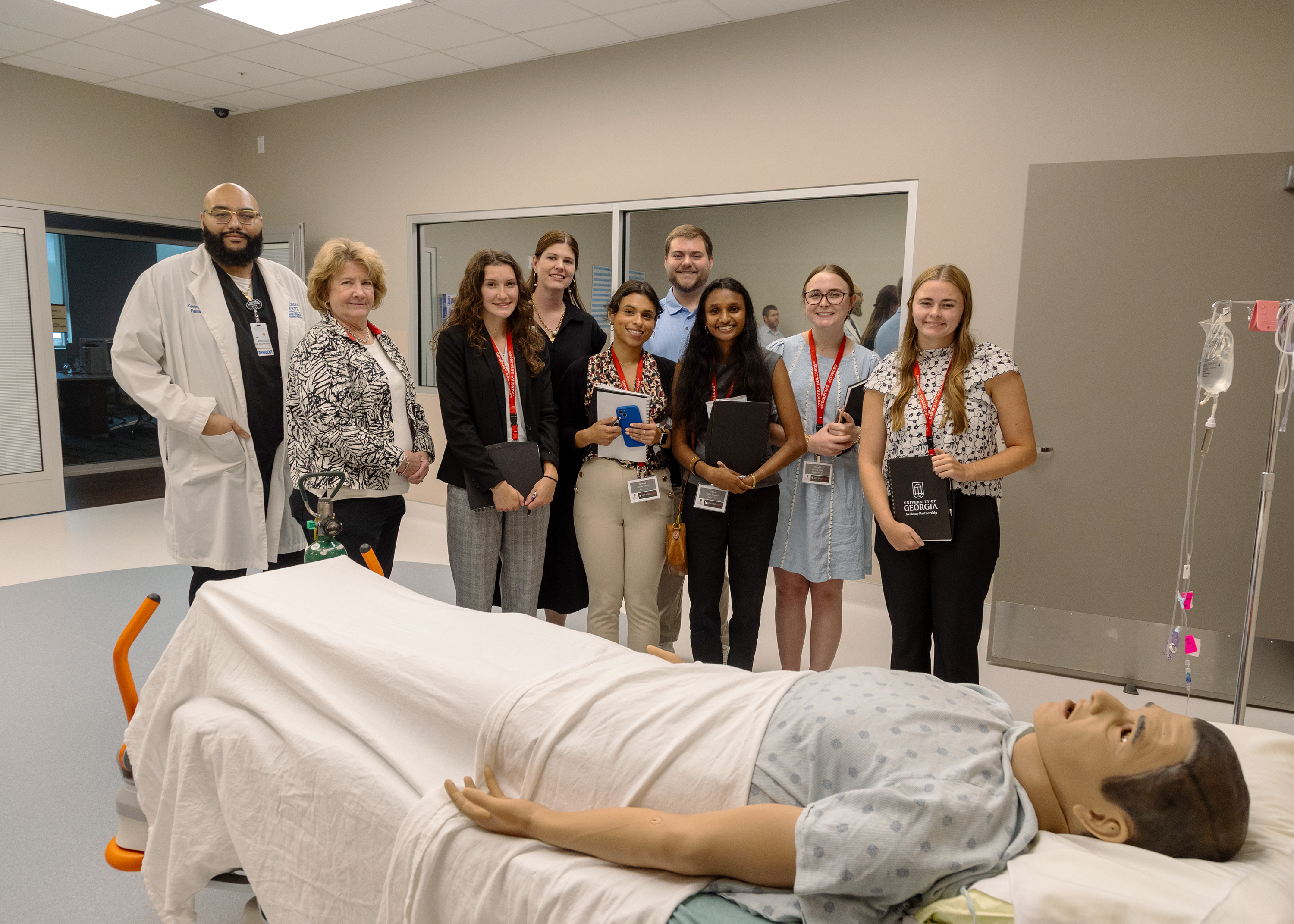Keeping plants alive and healthy
Published 11:04 am Saturday, March 10, 2018

- Eddie Seagle.
“When we long for life without difficulties, remind us that oaks grow strong in contrary winds and diamonds are made under pressure.” Peter Marshall.
“Springtime is the land awakening. The March winds are the morning yawn.” Lewis Grizzard.
The weather continues to be a bit chilly as the March winds continue to make their presence known. The “flu bug” continues to make its presence known as well. It’s almost mid-March as our interest in the landscape continues to increase, so does the challenge of keeping plants alive and healthy.
Each spring if plants do not respond effectively to cultural practices or appear to be in some stage of declining health, questions are asked and immediate solutions wanted. A frequent question is, “What’s wrong with my plants?” When we look at plants and determine that something is wrong, we must further evaluate the plants, the cultural practices, the surrounding environment, and potential causes. It may be simple to correct or more complicated than you ever expected. It’s a process of evaluation!
If the obvious is not present, then evaluate the micro-climate including light (too much, too little), temperature (too high, too low), rainfall (too much, too little), air (good circulation, poor circulation), and soil air (compaction or over-aerated). Also, evaluate the cultural practices including nutrition (toxicity or deficiency), pruning (too much or too little), mowing (too high or too low), and irrigation (too much or too little).
Next, observe the symptoms or the plant’s response to a causal agent, whether it be an insect, pathogenic agent, or other. These symptoms become a means in the determination and diagnosis of the problem. Some symptoms are common to several insects and diseases, while others can be unique to particular pests.
Symptoms are a result of pathogenic activity, insects or abiotic damage and injury. Such abiotic injury includes environmental stresses, chemical damage, animal injury (urine or fecal matter), people damage (traffic and errors), and mechanical damage (dull mower blade or dull pruners).
These injurious agents can be infectious or noninfectious. Insects, fungi, bacteria, viruses, protozoa, parasitic plants and nematodes can be infectious. Mites, rodents, rabbit, deer, slugs, snails, and weeds are noninfectious. Insects, mites, fungi, nematodes, slugs, snails, and parasitic plants can be infectious. Ice, wind, sun scald, hail, mowers, tools, vandalism, nutrient deficiency, fertilizer burn, chemical injury, drought, poor drainage and shade are non-infectious but are injurious to plants.
Symptoms of plant injury include chlorosis (yellowing and loss of chlorophyll), spotting (change of color on leaves), holes in leaves, wilting, rotting, dwarfing, blight, galls, and tunneling into branches and trunk.
Wilting can be environmental or the result of pathogenic activity. If lack of water is the culprit then the plant may recover after the addition of appropriate water in due time. If pathogenic activity is the cause then the plant will not recover unless appropriate measures are taken.
Also, look for signs which are indicators of the presence of the causal agent. If insects are the cause, then look for the insect, the activity of the insect (parts of plant missing), eggs, or the frass (droppings of fecal matter) that might be left behind. Some insects may be hard to see and camouflage with the plant. For example, scale may look like bumps on the plant or green aphids in a cluster may appear as part of the plant. If part of the plant is chewed but the insect cannot be found, suspect a nocturnal (night-time) feeder. Lots of birds feeding on the lawn and disrupting the turf is an indication that they are finding food (insects like grubs and caterpillars).
Signs of pathogenic activity (fungus) include a powdery mildew substance (vegetative body of the fungus) on leaf, mycelium growth (cobwebby appearance), or a rust or smut appearance (spores) that makes stains on your shoes and lower pants. Various microscopes are needed for the observation of fungi, bacteria and viruses. However, a simple magnifying lens may help identify the fungus, its fruiting structure or its spores (seed-like contents). Such problems would merit professional assistance and guidance.
After the problem has been identified, measures must be taken to manage the situation. The effectiveness of the measure is dependent on the quality workmanship that follows. An effective control program will include efforts to exclude and eradicate the problem, protect the plant and environment, and select plants that offer a tolerance or resistance to such causal agents.
Spend time talking with specialists, advisors, master gardeners and horticulturalists to become more familiar with the plants you want to establish. Read as much as possible and become familiar with the various chemical control measures available to you. Take some time to visit your local garden center and spend some time simply looking at chemicals and reading labels.
It is not necessary that you become a scientist to grow your landscapes but do make efforts to gain familiarity about plants and their potential problems. Plant pests can be brought into the landscape by bringing in new plants that are contaminated, mulch, topsoil, the wind, excess surface water movement, animals (wildlife and domestic), vehicles, bicycles and equipment.
After arrival on the site, pests can spread from plant to plant and zone to zone by wind, rain, people, contaminated garden tools, insects, etc. Since insects and pathogens reproduce rapidly, infestation is quite common and happens quickly once they are on site.
Furthering your knowledge about the plants you have and their care will benefit you in the long run. Stay involved in the landscape for personal satisfaction and residential curb appeal. Identify and develop strong sustainable efforts which will promote plant health, environmental stewardship and sustainability!
As you commit to the effort and cost of spring purchasing and planting of flowers and plants in your home landscape, please also commit to providing the necessary care in keeping plants healthy and attractive. Continue to think in terms of native and sustainable plants.
Many thanks to all who read this column which is an effort to provide each reader with timely and useful information. It is a small contribution on my part in “paying it forward” to my readers. In keeping with this thought, many of you know that we are planning our annual mission trip to the Peru this summer. We are currently raising funds to help finance this mission trip (discipleship journey). If you feel led to do so and would like to donate to this cause, please make a check payable to Heritage Church and mail to Eddie Seagle, Peru Mission Team, 108 Tallokas Circle, Moultrie, GA 31788. We would appreciate your prayers for a safe journey as well, and many thanks to each of you.
“Search me, O God, and know my heart; test me and know my anxious thoughts. See if there is any offensive way in me, and lead me in the way everlasting.” Psalm 139:23-24.
Seagle is a Sustainability Associate, Golf Environment Organization (Scotland), Agronomist and Horticulturalist, CSI: Seagle (Consulting Services International), Professor Emeritus and Honorary Alumnus (Abraham Baldwin Agricultural College), Distinguished Professor for Teaching and Learning (University System of Georgia) and Short Term Missionary (Heritage Church, Moultrie). Direct inquiries to csi_seagle @yahoo.com.





